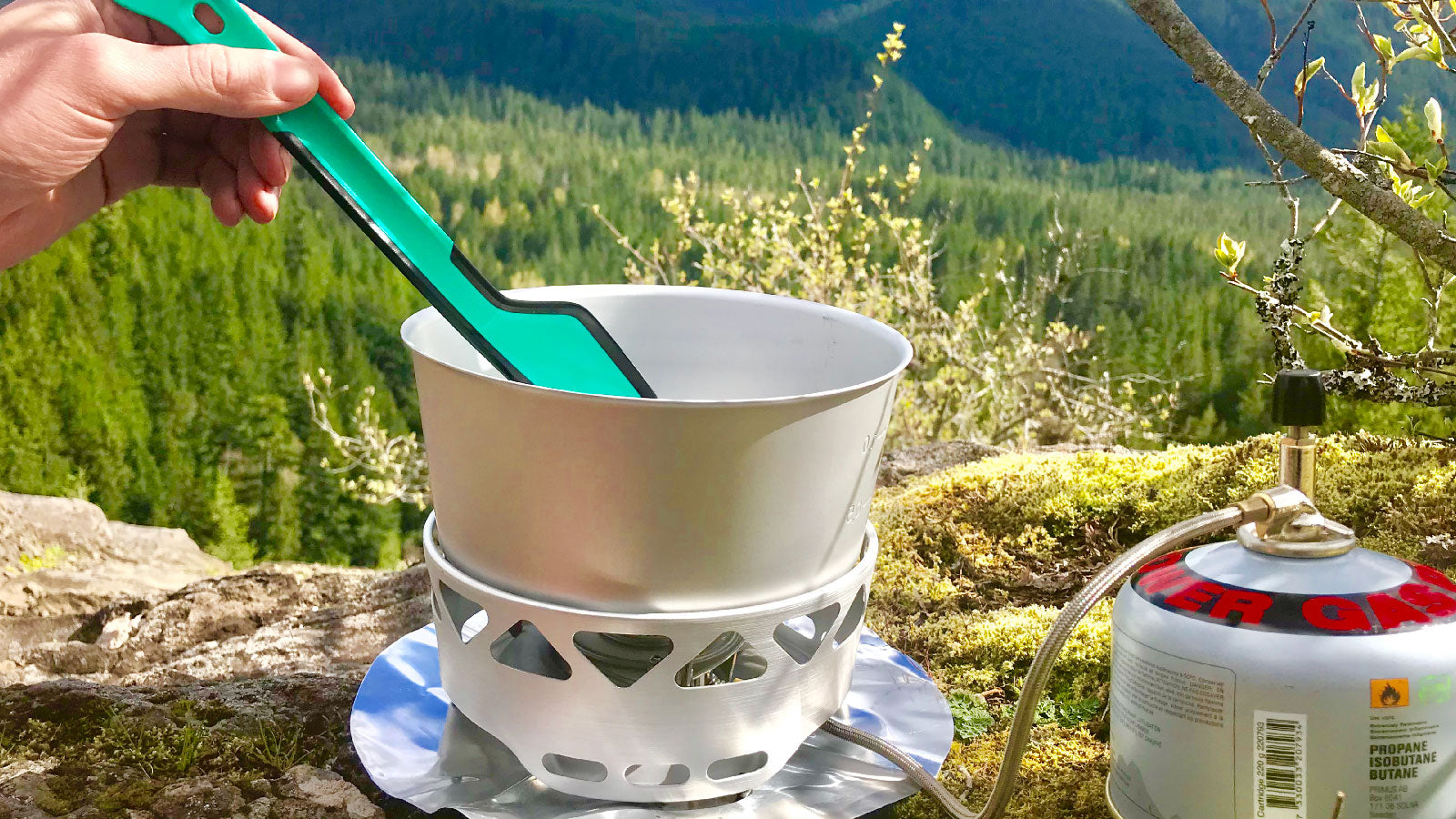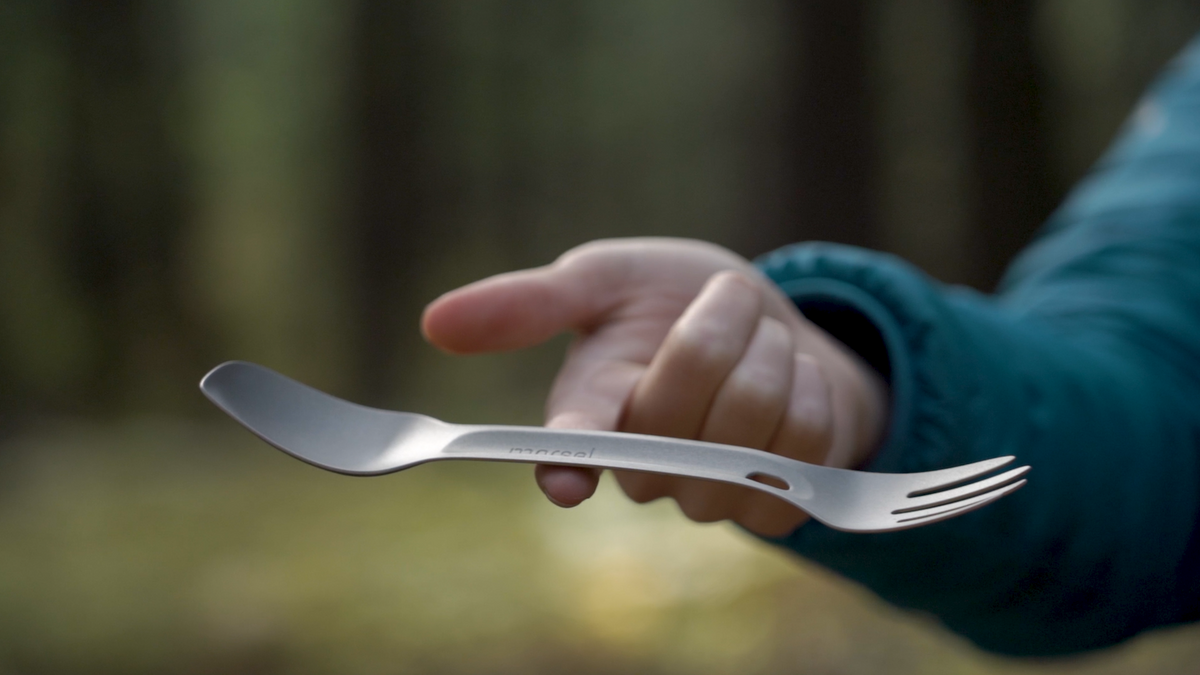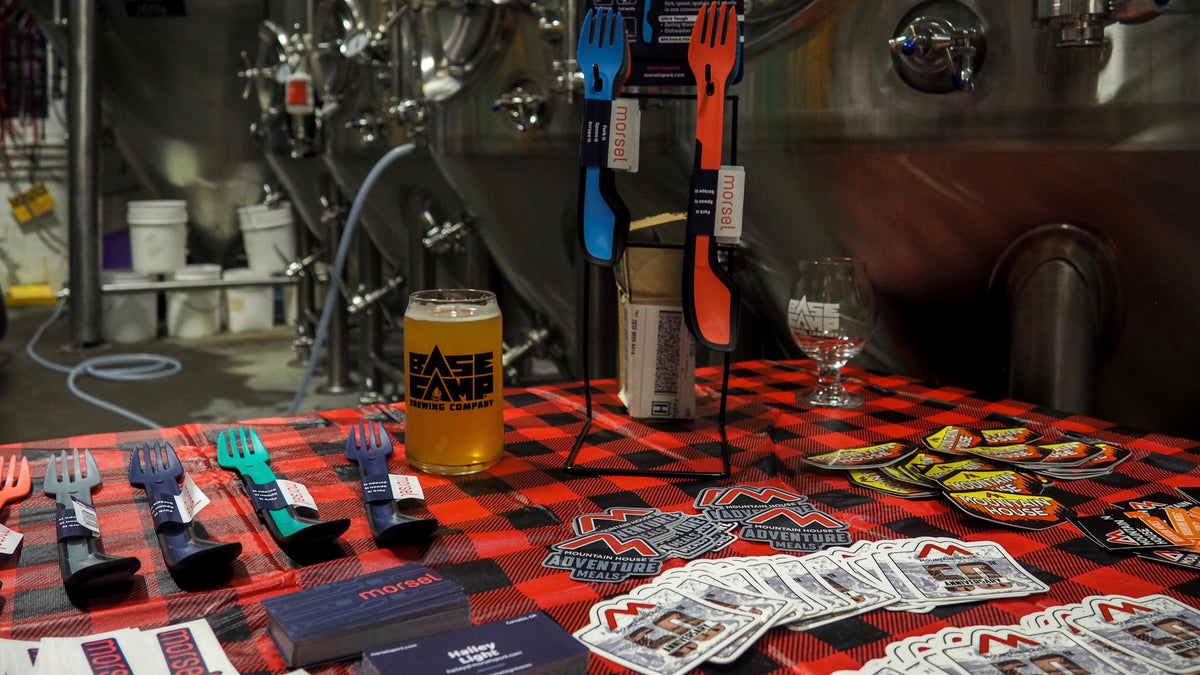
10 Essentials for Backcountry Cooking
10 Essentials for Backcountry Cooking
1. Bowl or Plate?: Unless you like playing a game of backcountry ultimate frisbee before dinner, I would choose to bring a bowl as your dinnerware. It can be used for more things than a plate and will hold your runny oatmeal for breakfast and your curry for dinner. I generally like bringing my GSI fairshare container with me. I can fit other things inside of it to save space and it has a nice outer jacket to keep your food warm.

2. Cup: Coffee in the morning will lighten any backcountry cooking experience. Water bottles are great until all you want is that warm cup of coffee in the morning and not an entire liter. A cup may seem like a non-essential; until you don’t have one.
3. Camping Spork: Don’t you hate when you go in for a bite and your food is so thick your spork breaks right down the middle? The best spork for backcountry cooking out there are the ones that are durable enough for cutting avocados and scraping the last little bit of pasta out of your dehydrated meal. Look for one that has multiple uses so you can use it for more than just eating.

4. Spice Kit: If you want to make your backcountry cooking taste that much better, I recommend building your own spice kit. It can make rice and beans for the 4th night in a row taste like a gourmet meal. You can put anything you desire in your spice kit, but here's what I carry (image below). For spices, I use small reusable plastic bags that you can buy in bulk on Amazon. They save a lot of room because they’re small and they also don’t weigh a lot. I generally bring salt, pepper, garlic powder, onion powder, turmeric, cumin, cayenne pepper, and Italian seasoning. To complement those I bring a small reusable bottle of olive oil, bouillon cubes and a couple packets of instant coffee.

5. Stove: A stove is one of the most important pieces of gear you will bring, it is the one thing between you and a hot meal. Making sure you pick the right one for your adventure is important. Keep in mind that you should learn how to operate your stove and do minor repairs on it before going into the backcountry. You should also buy the stove that suits your adventures the most. If you enjoy a lot of high altitude or cold weather camping get a stove that will work in those conditions. If you’re looking for something for the summer backpacking months and is sturdy enough for some car camping trips I recommend the essential stove kit from Primus. This comes with pots, pans and a durable stove for backcountry cooking.

6. Pots and pans: Don’t make the mistake of not bringing something to cook on. Generally, I like to bring a small skillet, a pot, and a lid. This gives me the opportunity to cook multiple things without cleaning a pot multiple times, which ultimately makes backcountry cooking easier. The lid and the skillet are interchangeable if you're trying to cut down on weight. However, bring one or the other because if you cover your water to boil it, it will boil a lot faster, saving you time and gas.
7. Sanitizer: Sometimes when you’re out in the wilderness for multiple days you can let those hygiene habits go down the drain, but nothing ruins a backpacking trip like an illness. I carry a small bottle of hand sanitizer to wash my hands and a bottle of biodegradable soap for dishes. Remember, for biodegradable soap to work properly it needs to pass through a solid biome. Do not wash your dishes in the direct water flow of a river or creek.

8. More Than One way to Start a Fire: You may have experienced the pain of having all your supplies ready to cook but your lighter was completely dead. If only you had replaced it after last backpacking season. To avoid this, bring multiple ways to get a spark. Not only do I have a lighter, but I generally bring waterproof matches and an old school magnesium rod and steel that is conveniently located on my camping knife.

9. Water Purification: There are a lot of ways to purify your water. One way is to boil it, however, this wastes gas and time that you could use for cooking. Bring a couple ways to purify water in case one fails. Some examples of different kinds of water purification methods are iodine tablets, UV light, and ceramic filters. However, you should look into these different methods to find the best one that fits your clean water needs.
10. Ideal Cooking Spot: Crying over spilled food is valid in the backcountry especially when all you wanted was your chili mac in your stomach, but now it’s in the dirt. That’s why this last essential can’t be brought, it has to be found. Ideally, find a flat rock with lots of room to act as your table, somewhere with a beautiful view and protection from the wind. You may not be able to get all of these things but if you can get at least two it will make a big difference in your backcountry cooking experience.

Leave a comment
Comments will be approved before showing up.
Also in Journal

What Is Kickstarter?

Why We Picked Aluminum Over Titanium


Hailey Light
Author
Hailey Light is an experienced outdoor guide and aspiring steward of the natural world. When she's not skiing, climbing, backpacking, canyoneering, or white water rafting you will find her trying out new recipes to share in her articles.